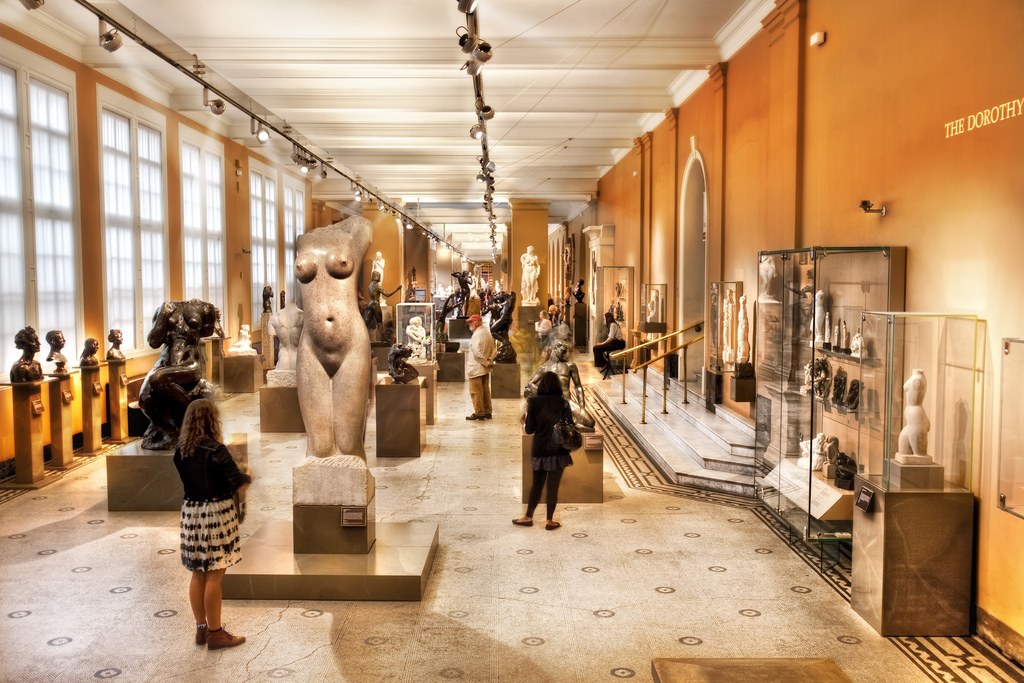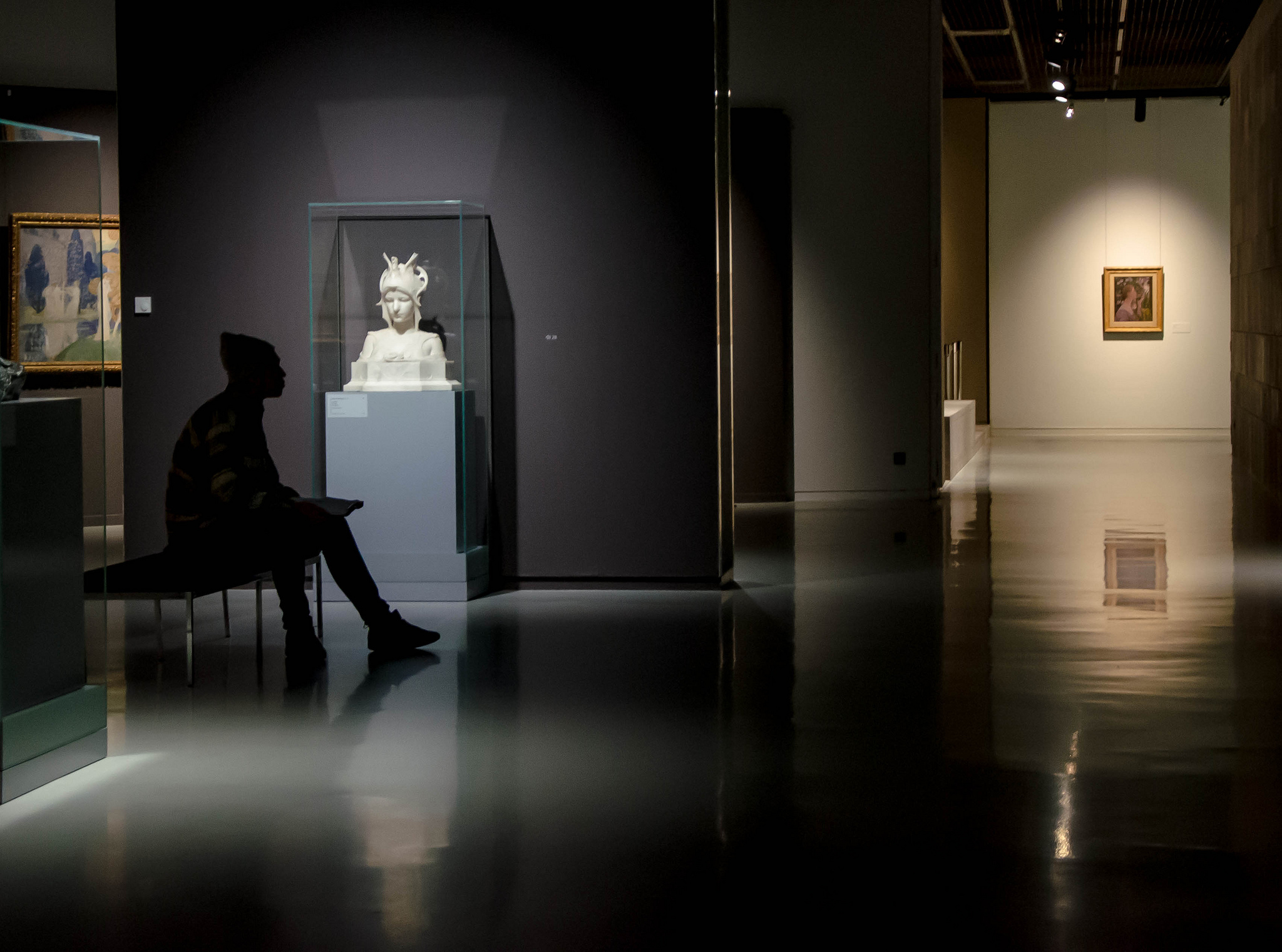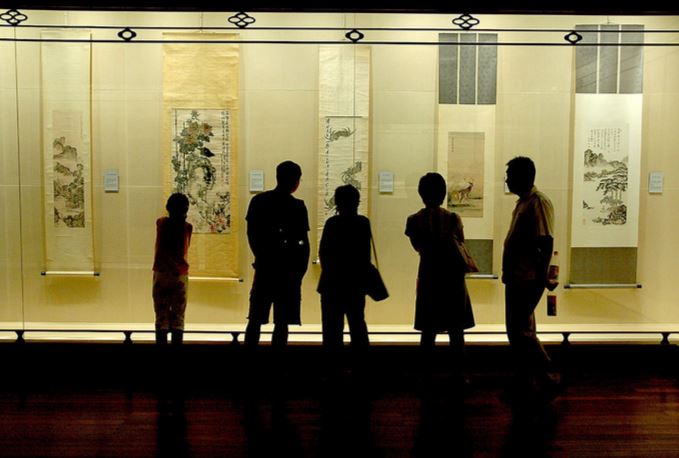Customized Collections Embedded with Real-Time Cues, and other interactive platforms will mark the museums of the future, writes Nilofar Shamim Haja.
 Image: The V&A Museum in London. Photo courtesy Chris Ford, Flickr Creative Commons license.
Image: The V&A Museum in London. Photo courtesy Chris Ford, Flickr Creative Commons license.
Museums today stand for creativity, connectivity and collaboration, and this framework for curation, audience development and outreach will continue well into the future (2040). Sustainability will be built into the very framework of operations, and community well-being will be the default outcome for all stakeholders.
I envisage public museums to transform into hubs of learning, interactivity and performance where the audiences are not just participants, but real time contributors. We are witnessing a steady shift in the centuries old, top-down, institutional approach that supports development and program dissemination in the style of expert-to-learner, to a format where newer, inclusive practices of collaboration and feedback is becoming dominant, particularly within the digital demography.
The museum of the future is a narrative space in flux. Collections, displays and archives can be expected to be largely digital, 3D printed, holographic or viewed through augmented reality devices, with curators receiving real-time cues from audiences based on what they want to experience. We can look forward to collections being enriched by diverse audiences, including persons with disabilities, senior citizens, immigrants, and atypical profiles who are generally not considered target audiences by museum personnel.
 Image: Art Museum. Photo courtesy Astrid Westvang via Flickr Creative Commons license.
Image: Art Museum. Photo courtesy Astrid Westvang via Flickr Creative Commons license.
Twenty years into the future, the archival and knowledge-intensive resources of public museums will be co-opted by visitors. Collections can be edited, annotated and shared, as well as enriched through personal archives, aural snippets, aroma boxes, performative additions, all shared in real time. Schools, institutions, families and communities can actively have a stake in the collection, curation, exhibition, and outreach of local, personal and regional histories, relying on crowd-sourced data for value addition.
The framework of reference shifts towards what the audiences require from their visits, down to how they feel on a particular day, the weather patterns, or a personal day of significance (birthday, anniversary, death). For instance, visitors would have digital entry codes embedded in their mobile tickets and a mobile-, AR-, or holograph-based tour would guide them towards exhibits that match their interests (sports, art, textile, cuisines). Home-based audiences can browse through a museum’s digital collection and augment the exhibition by adding multimedia of significant events from their life that is relevant to the digital exhibit. This level of customization looks at building multi-generational relationships with audiences.
 Image: Shanghai Museum scrolls. Photo courtesy Peter Morgan, Flickr under Creative Commons license.
Image: Shanghai Museum scrolls. Photo courtesy Peter Morgan, Flickr under Creative Commons license.
I imagine a future where citizens can access a digital platform to view a museum’s collection as well as the annotations, recordings and significant narratives curated by their ancestors – establishing a rich, fluid and evocative timeline that is truly representative of a museum’s mission: to be a repository for all our stories.
This short note was written as a response to Museum iD’s prompt ‘What will museums be like in the future?’ Read more about this initiative here.
About the Author
 Nilofar Shamim Haja is Rereeti’s communications consultant. She has a master’s degree in Ancient Indian History, Art and Culture from Mumbai University. Follow her on Twitter.
Nilofar Shamim Haja is Rereeti’s communications consultant. She has a master’s degree in Ancient Indian History, Art and Culture from Mumbai University. Follow her on Twitter.







Reblogged this on EVE.